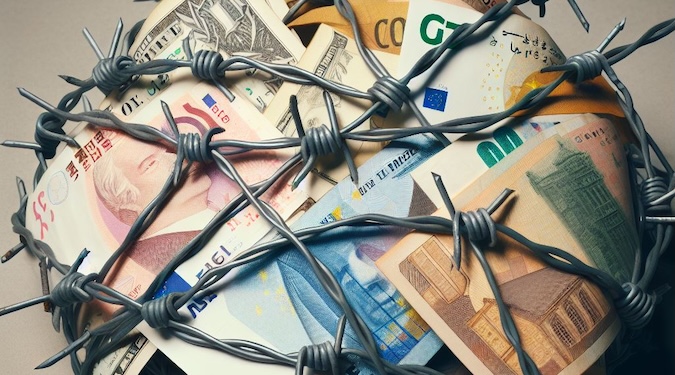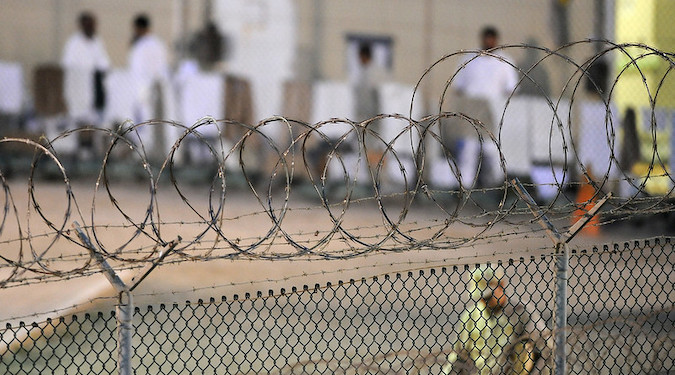Zoe Kern argues that terrorist groups increasingly leverage human trafficking as a tool of war, exploiting legal gaps and jurisdictional challenges to operate with impunity. Her article explores the intersection of terrorism and trafficking, particularly the exploitation of women and children, who are often forced into sexual slavery or conscripted as child soldiers. Using case… Continue reading Shadows of Exploitation: Unveiling the Role of Women and Children in the Terrorism-Trafficking Nexus
Category: Terrorism and Counterterrorism
Reversing a Sunset: The Legality of Retroactively Enforcing Limitations Periods Extensions
Hussain Awan delves into the complex legal landscape surrounding recent amendments to the International Emergency Economic Powers Act (IEEPA) and Trading with the Enemy Act (TWEA). These amendments, which doubled the statutes’ limitations periods, have sparked significant debate and concern over the potential retroactive enforcement of US sanctions laws by the US Department of the… Continue reading Reversing a Sunset: The Legality of Retroactively Enforcing Limitations Periods Extensions
Commissions Impossible: How Can Future Military Commissions Avoid the Failures of Guantanamo?
Aaron Shepard endeavors to examine the roots of the failures of the Guantanamo military commissions and suggest potential solutions to remedy them. His paper begins with an introduction to the concept of military commissions, including a brief overview of their historic utilization and import. It then provides a detailed background on Guantanamo Bay, covers the… Continue reading Commissions Impossible: How Can Future Military Commissions Avoid the Failures of Guantanamo?



